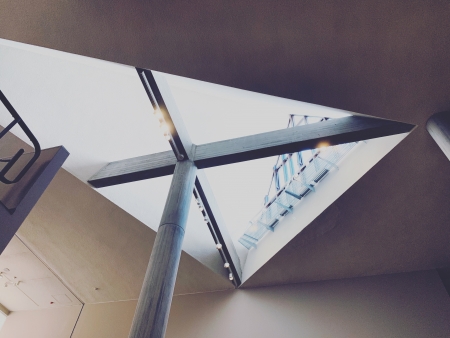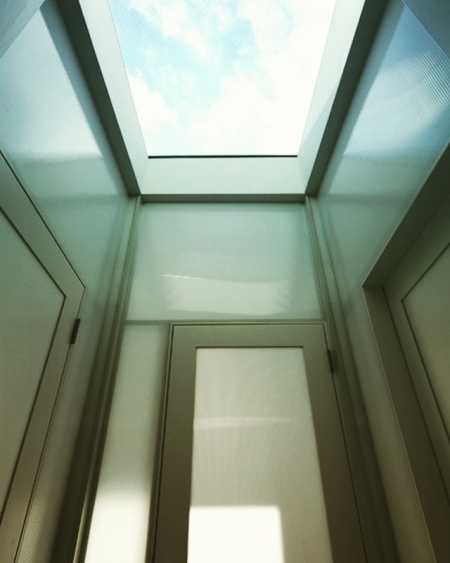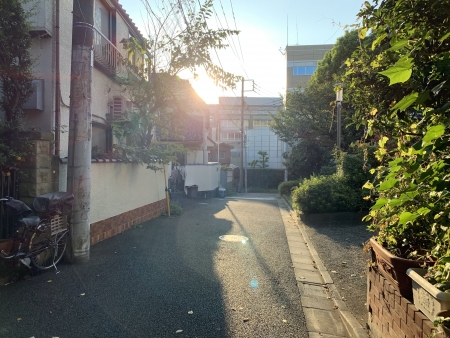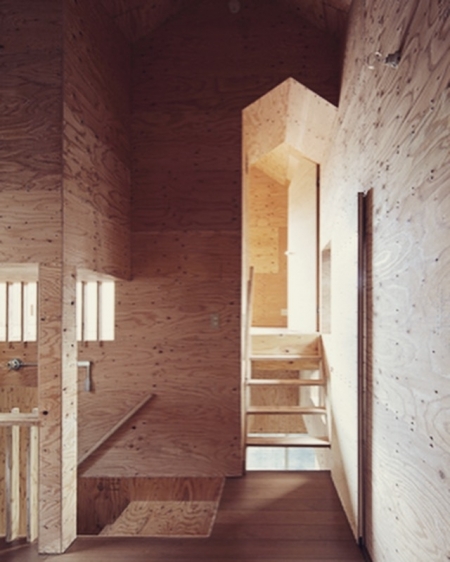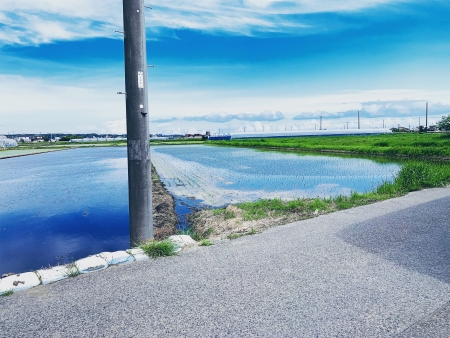時間割
決められた時間割があって、それに従って動くのは学校みたいだが、時間という総量は、1日24時間で、決められているから、あとはそれをどう割り振るかを考えたら、自然と学校みたいに、1日の時間割が決まってしまう。あとは割り振る時の所要時間の読みの精度が問題になるだけ、読みの精度が甘くなると時間割が破綻する。
その読みは経験値もさることながら、読みの内容をよくよく考えてみると、遊びが無いというか、ギリギリぴったりで、ただ余裕をみすぎてもダメ、いつも同じことの繰り返しならばわかるがそこが難しい。
建築も量で考えれば、総量が決められている、それが法規か予算か様々な事情かによる違いで、当たり前だが無限に広がることはない。
そういえば、コルビュジエが「無限成長美術館」という渦巻き状の美術館を構想し、世界に3つだけつくった、その1つが上野の西洋美術館、あと2つはインドにある。
総量が決められていれば、それを割り振るのだが、建築が割り振るとしたら壁を建て部屋にすることを考えるが、無限成長美術館は部屋というより、渦巻き状の細長い空間が永遠に続くことを構想し、割り振るとかではない。
美術館の特徴を考えれば、作品を飾る壁が長く途切れることなくあった方が良いから、渦巻き状の空間には妥当性がある。それは、美術館の空間は人の動きによっても決まるという考えもあっただろうし、「建築的プロムナード」というコンセプトでコルビュジエはサヴォア邸という住宅をつくり、内外の境界を人に動きに応じて再構成するようなことをしていたので、空間を割り振るという考えは元々無かったのだろう。
時間も割り振るというより、途切れることなく、つながりで考えたら、1日24時間という総量は決まっていても、相乗効果で、全く関係がない時間同士がつながり、新たな価値が生まれないだろうかと、そんなことを夢想してみると、それはたぶん、切りの良い所で止める発想は捨てて、常に中途半端にしておいて、また再開なんてことを繰り返した場合に起こるのかな。
"Timetable"
There is a set timetable, and it is like a school that moves according to it, but the total amount of time is decided at 24 hours a day, so if you think about how to allocate it, it will naturally look like a school The daily timetable will be decided. After that, the accuracy of reading the required time when allocating becomes a problem, and if the reading accuracy becomes poor, the timetable breaks down.
The reading is not just experience, but if you think carefully about the content of the reading, it is said that there is no play or it is just perfect, but you can not understand even if you leave too much, but you can understand if you always repeat the same thing Is difficult.
If you think about architecture in terms of quantity, the total quantity is determined. Depending on whether it is a law, a budget, or various circumstances, it is natural, but it does not spread indefinitely.
Speaking of which, Corbusier envisioned a spiral art museum called "Infinite Growth Museum" and created only three in the world, one of which is Ueno's Western Art Museum and the other two are in India.
If the total amount is decided, it will be allocated, but if the architecture allocates, we will consider making the wall into a building room, but the infinite growth museum is not a room but a concept that a spiral elongated space will last forever And it 's not like allocating.
Considering the characteristics of the museum, it is better that the walls that decorate the work should be long and unbroken, so the spiral space is valid. It may have been thought that the museum space is also determined by the movement of people, and Corbusier creates a house called Savoie House with the concept of "architectural promenade" and reconfigures the inner and outer boundaries according to the movement of people. I thought that there was no idea of allocating space because I was doing something.
Rather than allocating time, if you think with connections without interruption, even if the total amount of 24 hours a day is decided, synergistic effects will connect hours that are not related at all, and new value will be born When I dream about it, it probably happens when I leave the idea of stopping at a well-cut place, always leave it halfway, and repeat it again.

